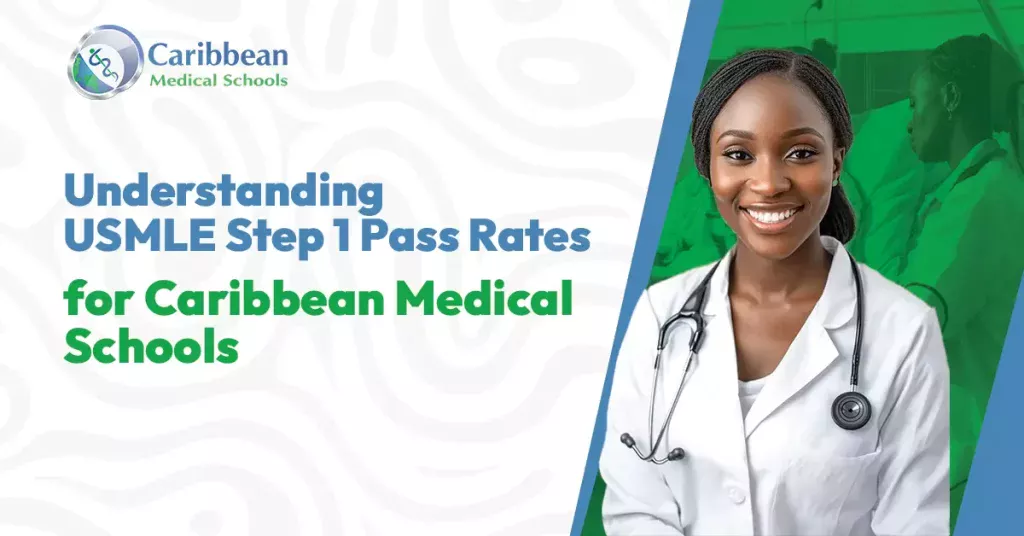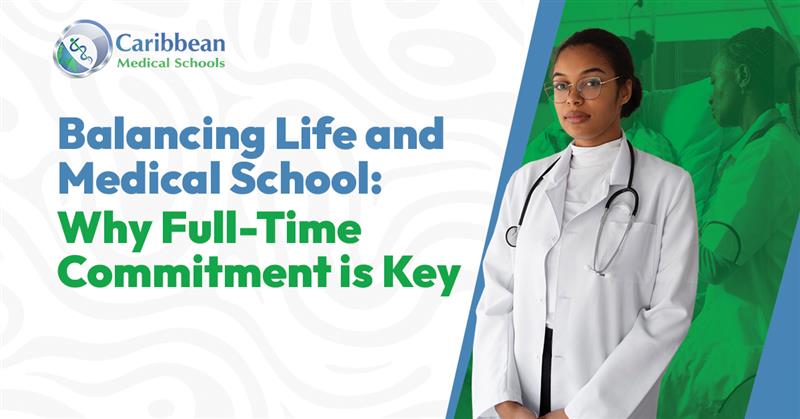Blog Summary
Deciding whether to be a Physician Assistant (PA) or a Medical Doctor (MD) is challenging since both are needed in health care. Still, at the same time, both have many differences in education, responsibilities, and lifestyle. This blog post will give you the crucial differences between the two. The differences include training, scope of practice, job outlook, salary, and work-life balance. Whether you wish to gain easier entry to the medical field with a PA or want an MD’s independence and specialized knowledge, this guide will help to determine which path best aligns with your desired goals and personal preferences. Read on to choose.
Table of Contents
Introduction
Planning to become a PA or an MD might be challenging, but it all boils down to understanding what each role involves. You have asked yourself: What is the difference between a PA and an MD? They work directly with patients and provide medical care; however, the paths to achieving these careers differ significantly from daily responsibilities. Let us explore these differences to help you decide which fits your passion, skills, and lifestyle well.
What is a PA or Physician Assistant?
A Physician Assistant, or PA, is a healthcare practitioner practicing medicine. PAs can diagnose diseases, develop treatment plans, and prescribe drugs, among other things. However, despite how independently they can work, PAs collaborate with doctors. If necessary, they can even refer complex cases to physicians.
Main Take Away:
• Working in Collaboration Works directly with doctors to treat patients.
•Versatile Training: Suitable for various medical fields; their training encompasses surgery, family medicine, and emergency care.
•Shorter Journey: The period and time it takes to complete is shorter than that of MDs.
What is a medical doctor?
An MD or Medical Doctor is a fully licensed physician who diagnoses and treats various conditions. MDs get the most extended training, medical school, and residency, so they can practice independently and specialize in any area of medicine chosen. Patient care and other related decision-making also rest on the shoulders of the MD.
Key Points
• Leadership Position: Fully in charge of a patient’s diagnosis and treatment.
• Expertise: Highly trained specialist in some chosen field of medicine.
•More Years: Requires more years of school and training.
Physician Assistants (PA) vs. Medical Doctors (MD)
| Category | Physician Assistant (PA) | Medical Doctor (MD) |
| Education | Bachelor’s + Master’s degree (6-7 years total) | Bachelor’s + Medical School + Residency (11-15 years) |
| Training | Master’s in Physician Assistant Studies | Medical School + Residency (3-7 years depending on specialty) |
| Certification | PANCE exam + Recertification every 10 years | USMLE exams + Optional Board Certification |
| Scope of Practice | Can diagnose, prescribe, and treat under physician supervision | Can diagnose, prescribe, treat, and perform surgeries independently |
| Job Duties | Patient histories, exams, diagnosing, and treatment planning under guidance | Similar duties with additional complex surgeries and independent patient management |
| Workplace Settings | General Medicine, Family Practice, Clinics | Specializes in fields like Surgery, Oncology, Cardiology |
| Average Salary | $130,129 (median annual salary) | $220,000 to $400,000 depending on specialty |
| Job Growth (Next 10 Years) | 28% Growth | 7% Growth |
Education Requirements: PA versus MD
The training program that PAs and MDs receive is profoundly different in terms of both the time they spend and the intensity of the training
•PA Training: Usually, a master’s level degree in physician assistant studies is achieved following a bachelor’s; therefore, the total number of years spent within learning institutions is about 6-7 years overall in undergraduate and graduate education.
• MD Education: MDs demand a bachelor’s degree and four years in medical school. Then, after medical school, the MD proceeds to serve in a residency for a period that typically lasts anywhere from 3 to 7 years, depending on the chosen specialty. Becoming an entirely licensed MD may take between 11 and 15 years.
Training and Certification
Both PAs and MDs must obtain certification; however, the process differs:
• PA Certification: PA graduates must sit the Physician Assistant National Certifying Exam (PANCE). PAs also have a mandatory continuing education total of 100 hours (about 8 days) every two years and recertify every ten years.
• MD Certification: MDs must take the United States Medical Licensing Examination, or USMLE. They may also be required to get board certification in a specialty, which often requires additional exams and continuing education.
Scope of Practice: What Can a PA Do vs. an MD?
PAs and MDs are the same in some activities but differ in their scope of practice.
• PA Scope: PAs can diagnose diseases, prescribe drugs, and initiate treatment plans. However, they should practice under the direct supervision of a physician and, in the majority, have fewer skills for conducting most medical procedures.
•MD Scope: MDs have more significant prerogatives. They can perform all complex surgeries, act as medical leaders who supervise other doctors and work independently in any medical setting.
Job Duties
The tasks of a PA and an MD may be similar during the daily practice, but the MDs usually hold more responsibility. Here is a comparison:
•PA Duties: To take patient histories, conduct physical exams, order, and read test results, diagnose disease conditions, and even provide treatment under the guidance of a physician.
•MA Duties: Like PAs but with extra responsibilities like complex surgeries, final diagnoses, and care to high-risk patients.
Workplace Settings
PAs and MDs can practice in various settings, such as hospitals, private practices, or clinics. However, MDs are more likely to specialize in a field like surgery or oncology, while PAs are much more likely to practice general medicine or family practice.
Salary Comparison
Much of the decision about any career depends on the income generated. MDs usually charge more than PAs since they have undergone long years of education and are more liable for their work.
• PA Average Annual Salary: The average median PA’s annual average wage in the United States is $130,129 as per datasa.io.
• MD Average Annual Salary: An MD can earn almost ten times more than the PAs. The average MD annual salary would be anywhere from $220,000 to $400,000, depending upon the specialty.
Work-Life Balance
One of the significant differences between a PA and an MD is the work-life balance.
•PAs: Normally have control over their schedule, often with regular working hours and less call time.
•MDs: Of course, long hours are a staple of the practice, often including nights and on-call in the initial years of residency and practice.
Job Outlook and Growth Potential
Both professions have growth; however, they are growing at different rates.
• PA Job Growth: The job market for PAs will grow 28 per cent over the next decade, more rapidly than any other occupation.
• MD Job Growth: Likewise, demand for doctors is up, but at a slower pace -7 per cent over the next ten years.
Which Career Is Right for You?
Whether you become a PA, or an MD depends on your goals, lifestyle preferences, and passion for healthcare.
•If you seek flexibility, quicker entry to the workforce, and easy conversion between specialties, then becoming a PA is the way to go.
• If you are interested in independent practice, specialist expertise, and the time and finances to spend many years in training, then the MD route would be ideal.
For those considering the path of becoming a medical doctor, particularly in the Caribbean, you might want to explore MD programs in Guyana. This option offers quality education, a unique cultural experience, and a more affordable route to achieving your dream of becoming an MD.
Conclusion
Whether someone should be a PA, or an MD is a personal choice. Both can be considered fulfilling professions with many opportunities to grow and to make a difference among patients. Lastly, the choice depends on how much investment in education you are willing to make, the degree of responsibility you prefer, and the work-life balance you want. Whatever option you choose, rest assured that PAs and MDs play the most critical role in improving healthcare outcomes worldwide.
FAQs
What are the significant differences between a PA and an MD?
The main differences lie in education length, responsibilities, and scope of practice. MDs undergo extensive training and can practice independently, while PAs typically work under a doctor’s supervision.
Can a Physician Assistant specialize in a specific field of medicine?
Yes, PAs can specialize in areas such as surgery, dermatology, or emergency medicine, allowing them to be flexible in their career paths. Here are few more examples of PA specialties:
Pediatrics: Working with children
Geriatrics: Caring for elderly patients
Emergency medicine: Treating patients in urgent care or emergency settings
Cardiology: Focusing on heart health
Oncology: Treating patients with cancer
Women’s health: Providing care for women’s health issues
Is switching medical specialties to a PA or an MD easier?
PAs have more flexibility to switch specialties than MDs, as they can work in multiple fields without additional formal education.
Do PAs can prescribe medications?
Yes, PAs are licensed to prescribe medications in most states, though depending on the regulations, they may require a physician’s supervision.
What is the average work-life balance for a PA compared to an MD?
PAs have a better work-life balance with more regular hours and fewer on-call duties, while MDs often work longer hours, especially during residency.












